Chef tips on making magic iso meals from rice, tuna and noodles
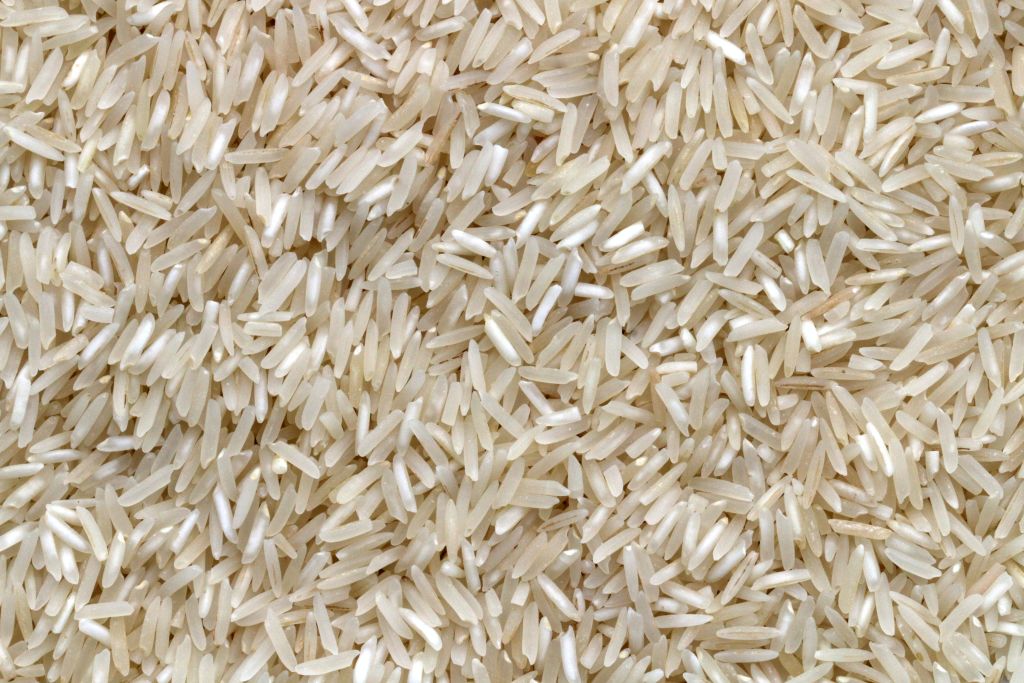
Only one thing is certain in times of uncertainty: people hoard supplies. That means kitchen shelves are filled with non-perishable ingredients like rice, instant noodles and cans of tuna and beans.
But meals in self-isolation don’t have to be dull. Even though the hospitality industry has been hit hard by this pandemic with venues forced to close, four of Melbourne’s best chefs still took the time to share their cooking tips.
Follow their lead below and, if you’re in a position to do so, support their restaurants, too.
Make your rice nice
Rice is the perfect vessel for just about anything. Lee Ho Fook chef-owner Victor Liong recommends steaming a batch and using it to create meals for the next few days.
“It’s the perfect side for anything, and what’s cool is that you can batch it and use steamed rice or as a side, so you can order something from an Asian restaurant and instead of buying rice, you already have some in the fridge,” he says.
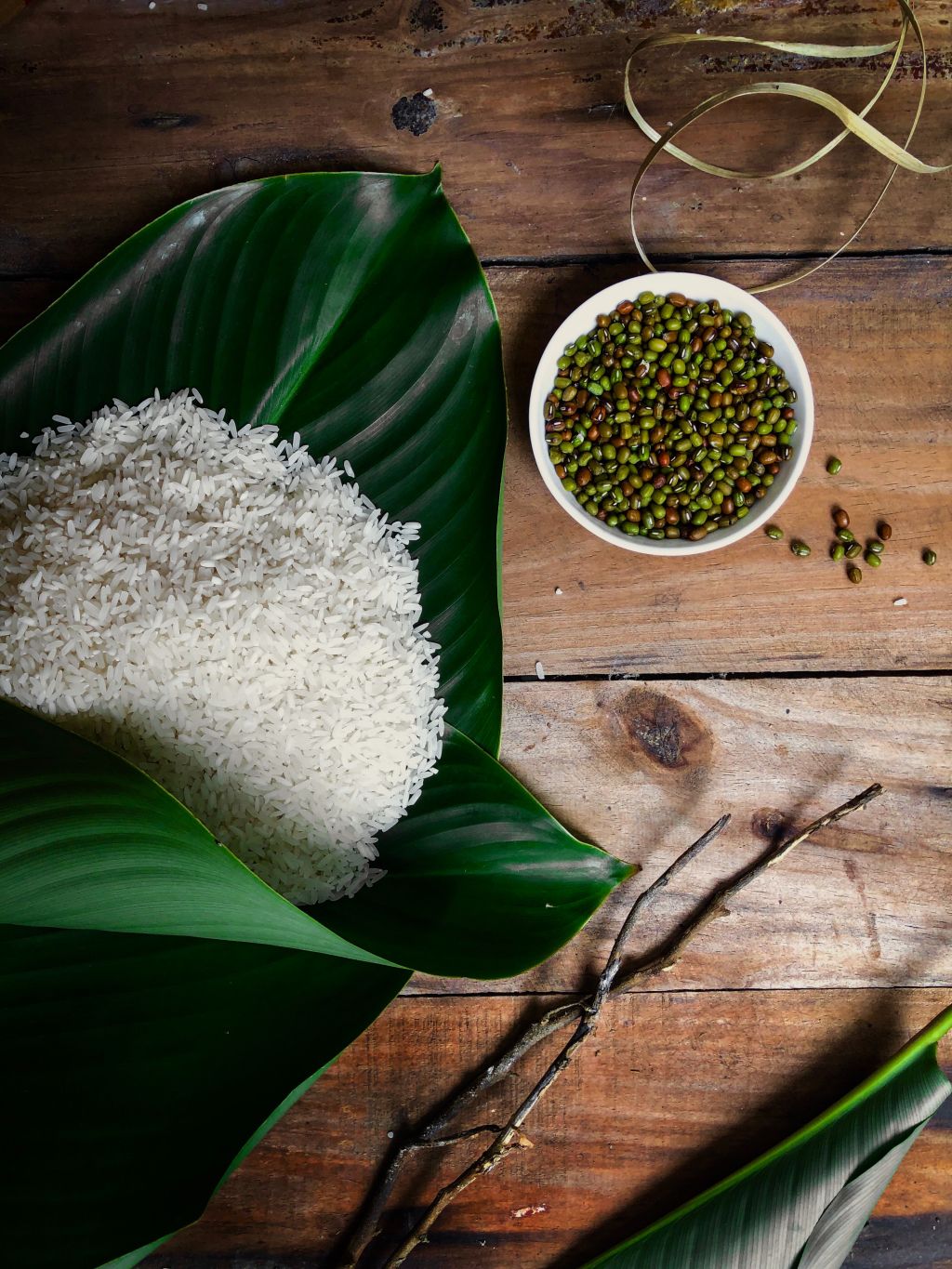
Anyone who grew up in a Chinese family always had rice in the fridge, which you can fry up with leftover ingredients to avoid wastage.
Ask Liong what he’d make with rice and the list goes on and on. “You can make chirshi bowls, poke bowls, kimbaps [Korean sushi], sushi,” he says.
“You can make arancini balls, and you don’t have to do risotto ones, you can do Japanese-style with some super cooked fish and bulldog sauce, and just crumb that with panko. Congee is a good one. The best part of congee is that a small amount of rice makes a big amount of congee.
“You can do one-pot rice and versions of paella … if you’re making a flavoured pilaf, medium grain or jasmine rice is fine.”
As for condiments, Liong recommends Japanese furikake (rice seasoning) or the spicy Thai version with prawn floss – both readily available at uncrowded Asian grocers and supermarkets.
A new take on tinned seafood
As owner and chef of Spanish city restaurant, Bar Lourinha, Matt McConnell thinks we’re going about tinned seafood the wrong way.
“In Spain, conservas [food preserved in cans or jars] is an ultimate extravagance and luxury,” he says. It’s best enjoyed on crusty bread, and McConnell recommends buying a loaf from your favourite bakery, slicing it and popping it in the freezer so you always have some ready to go.
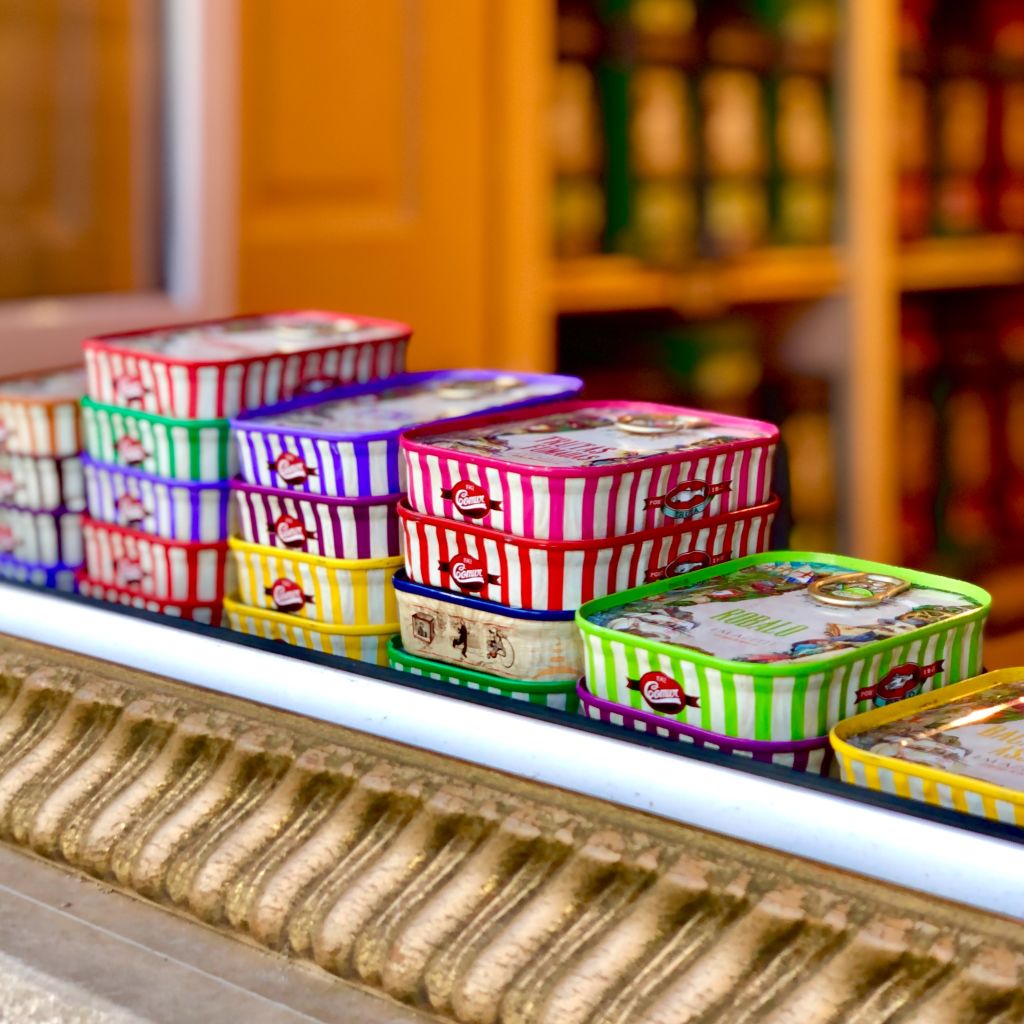
“It will defrost with more moisture and crunch than before,” he adds. “If you can be bothered, chuck the barbie on, grill it up and add some fresh cheese and a really good anchovy or beautiful tuna, even a razor clam, and that’s the ultimate snack.”
When it comes to tuna, McConnell takes a leaf out of Liong’s book – his go-to dish is tuna and broccoli rice congee because it’s something the whole family enjoys.
“We will make one for the kids and one for ourselves with some Asian greens, a bit of sriracha and a little bit of sesame oil,” he says. “Use two-thirds of a cup of rice to a litre of stock, slowly simmer it together and you can make something similar to Thai rice soup.
“We will chuck in a tiny piece of star anise or a cinnamon stick that transforms it into something the whole family likes.”
Take canned legumes from filler to fab
Chris Watson is executive chef at Mamasita. He tends to use chickpeas and white beans for salads and turns to black beans for hot dishes.
“With chickpeas, often as a side dish, I’ll dress them with pickled red onions and some olive oil, heaps of chopped herbs and top it with yoghurt or something,” he says.
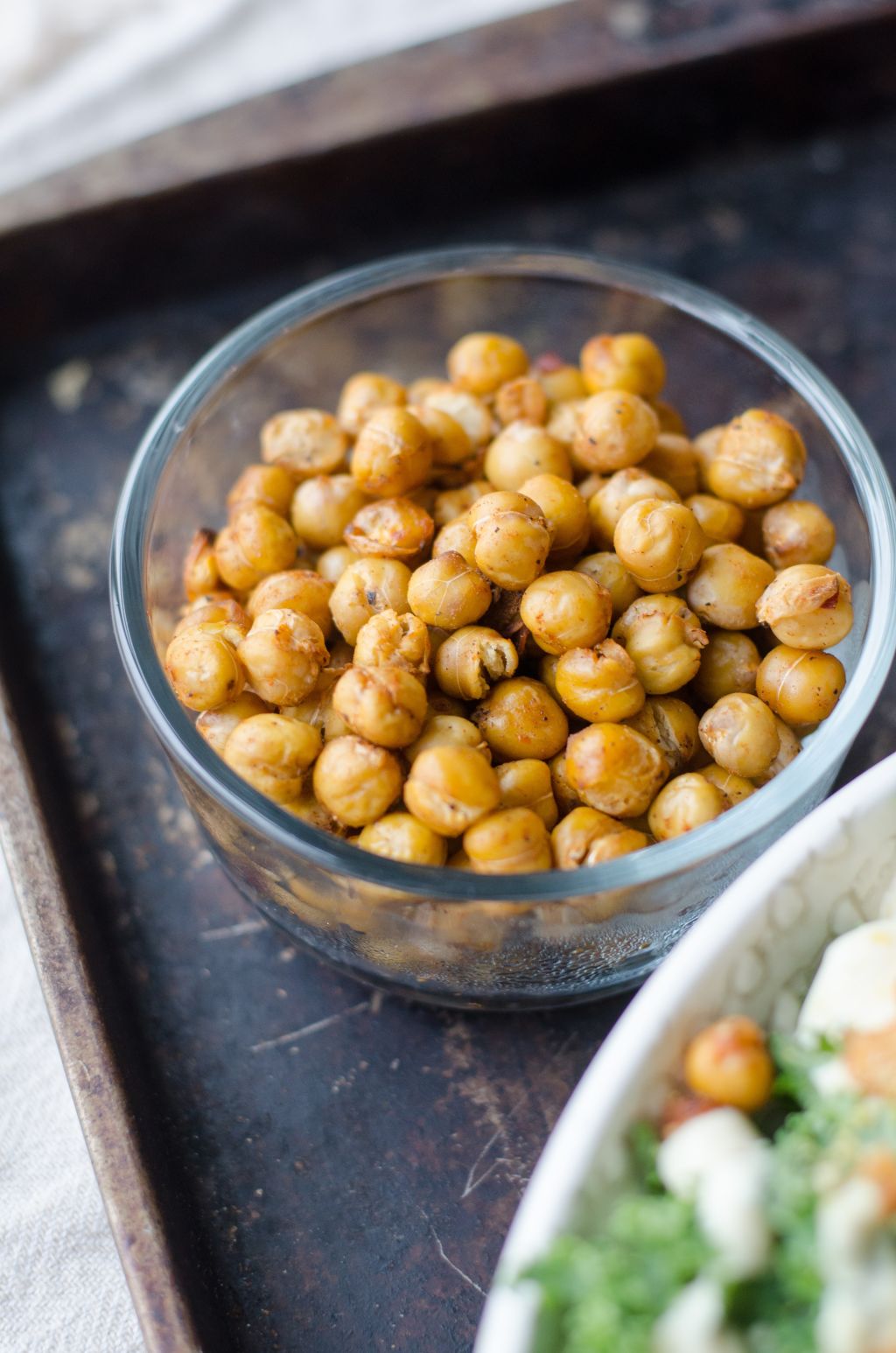
“If I want to make it into a quick meal I’ll flesh it out with more fresh ingredients. Whatever’s around, usually cucumbers and parsley and herbs – that sort of stuff.”
He also adds white beans to tomato and spices and simmers them to make a stew using firm fish or clams, while black beans make a good protein source for those who don’t eat meat.
“My wife’s family is vegetarian, so when I cook tacos at home I always make a braise of black beans with garlic and onion and tomato. It needs to be quite dry for a taco filling, so you cook it right down. Buy some tinned chipotle and adobo.
“They are really good if you puree the contents into a paste and use it to finish something with a tomato base to give it a bit of Mexicana.”
Still, Watson recommends buying dried beans and legumes over canned because they’re more affordable, and once you soak them the volume is greater, too.
Nutritious instant noodles
Chef and founder of Belles Hot Chicken Morgan McGlone is such a fan of instant noodles that South Korean company Nongshim made him an ambassador. A Japanese and Korean culture obsessive, he’s big on taking what’s already in the pantry and adding it to a simple base of instant noodles to create a comforting meal.
“I generally always have a tin of Spam in the house because my mother-in-law is Filipina. I always have corned beef in there, always have onions, garlic and eggs and that’s generally how I pimp my instant noodles,” he says.
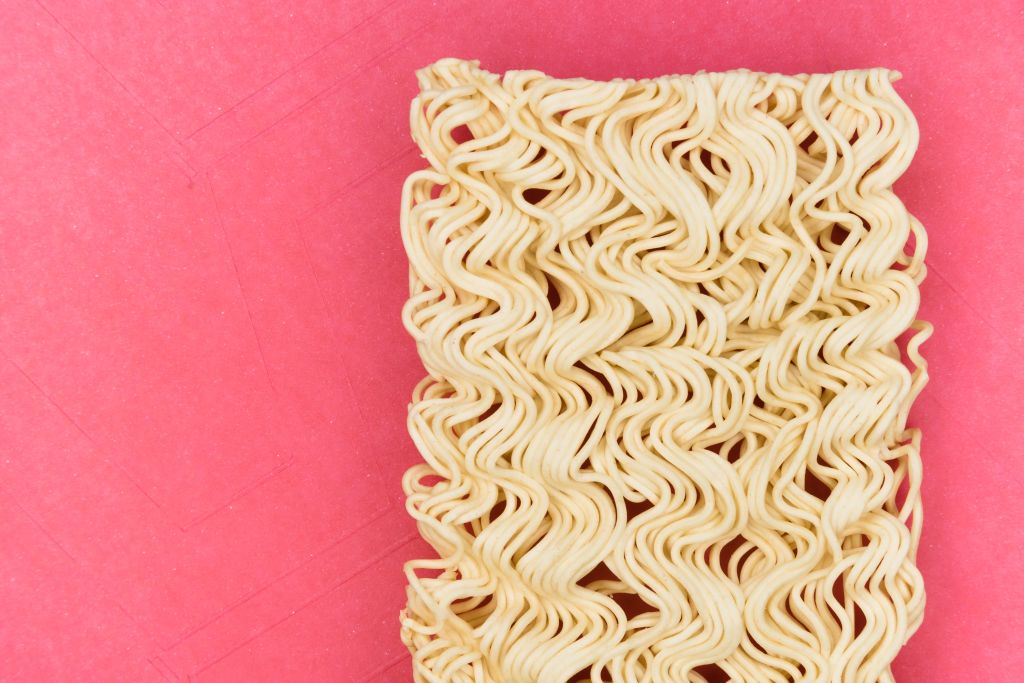
The “Morgan special” consists of cooking instant noodles in hot water, draining them; adding butter and the flavour sachets, and then adding defrosted organic peas and corn.
“If you get the spicy miso ramen from Nongshim, you can have butter-corn miso ramen. It’s going to be like Chaco Bar, it’s going to be like Shinjuku,” he says referencing two of his favourite ramen spots in Sydney and Melbourne.
Other ingredients to consider are seaweed sheets, eggs and any leftovers that avoid wastage. “You can just use whatever’s in your pantry or down the bottom of your vegetable basket. You might have button mushrooms; slice those bad boys in there – you’ll always have some stuff that you can use up,” he says.
For a little bit of luxury, buy some sliced pork belly to freeze so you can defrost small pieces the morning you want to use them, and then stir-fry them with garlic and ginger to add to rice and noodle dishes.
We recommend
We thought you might like
States
Capital Cities
Capital Cities - Rentals
Popular Areas
Allhomes
More







